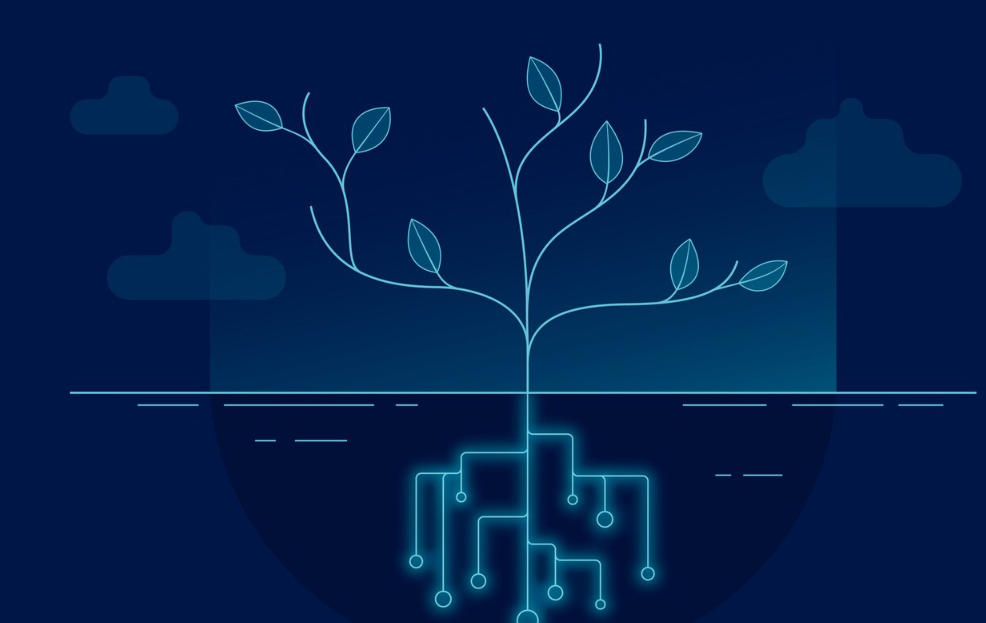When we talk about “cloud computing,” we’re usually referring to a network of servers that store and process data remotely. But what if we could bring the concept back to Earth—literally—and apply it to actual atmospheric clouds? This might sound like science fiction, but researchers and innovators are beginning to explore the intersection of digital technology and meteorology in truly unexpected ways.
A Cloud Above and a Cloud Below
The word “cloud” in computing is metaphorical, but nature’s clouds—those billowing, ever-changing formations in the sky—represent an untapped frontier for environmental data collection and perhaps even computation. Imagine using real clouds as platforms for gathering climate data, transmitting signals, or even aiding weather prediction in real time.
Real-Time Atmospheric Sensing
One of the primary applications of cloud computing for real clouds is real-time atmospheric sensing. By equipping weather balloons, drones, or high-altitude solar-powered gliders with miniaturized cloud-computing nodes, researchers can gather localized data on temperature, humidity, pressure, and particulate matter inside and around clouds. These devices can relay this data to earthbound cloud computing networks for immediate analysis.
This convergence enables faster, more accurate forecasting models. Instead of relying solely on satellite imagery and ground-based sensors, atmospheric data can be processed in a distributed manner—mirroring the principles of cloud computing itself.
Edge Computing in the Sky
Edge computing is about processing data as close to the source as possible to reduce latency. What if the “edge” extended all the way to the sky? Lightweight, weather-resistant edge devices mounted on airborne platforms could act as cloud-based mini data centers. They could process weather data locally, then synchronize with larger cloud systems once back within communication range.
This strategy not only reduces transmission delays but also provides resilience in remote or disaster-prone regions where connectivity is limited or unreliable.
Rainmaking with AI?
Weather modification has long been a controversial topic. While “cloud seeding” exists, it’s an imprecise art. Combining cloud computing with AI and real-time data collection could eventually enhance our ability to influence precipitation. By better understanding the internal dynamics of specific cloud systems, scientists could more accurately determine when and how to intervene—if ethically approved and environmentally safe.
Challenges and Ethical Considerations
The idea of integrating digital systems into the atmosphere raises serious privacy, environmental, and ethical questions. What are the risks of polluting the skies with tech? Who controls airborne data? How do we prevent the militarization of atmospheric computing?
Additionally, the unpredictable nature of weather makes robust engineering a challenge. Devices must withstand turbulence, extreme temperatures, and variable moisture levels while maintaining reliable data integrity and transmission.
Looking Ahead
While the fusion of cloud computing and real clouds is still largely experimental, it reflects a growing trend: embedding computation into the natural world. As technology continues to miniaturize and networks become more ubiquitous, the boundary between digital and environmental systems may blur—perhaps bringing a new meaning to the term “cloud-native.”


